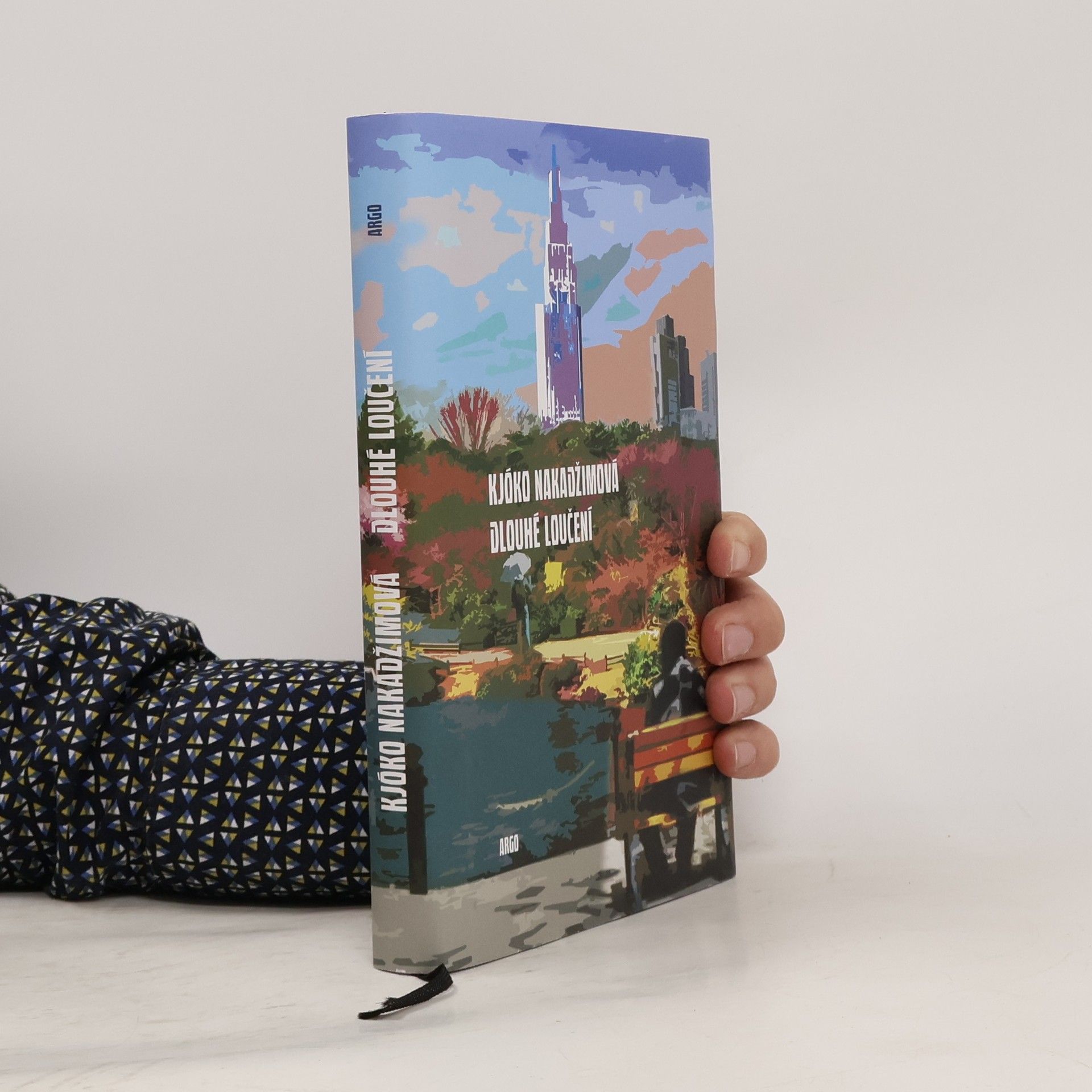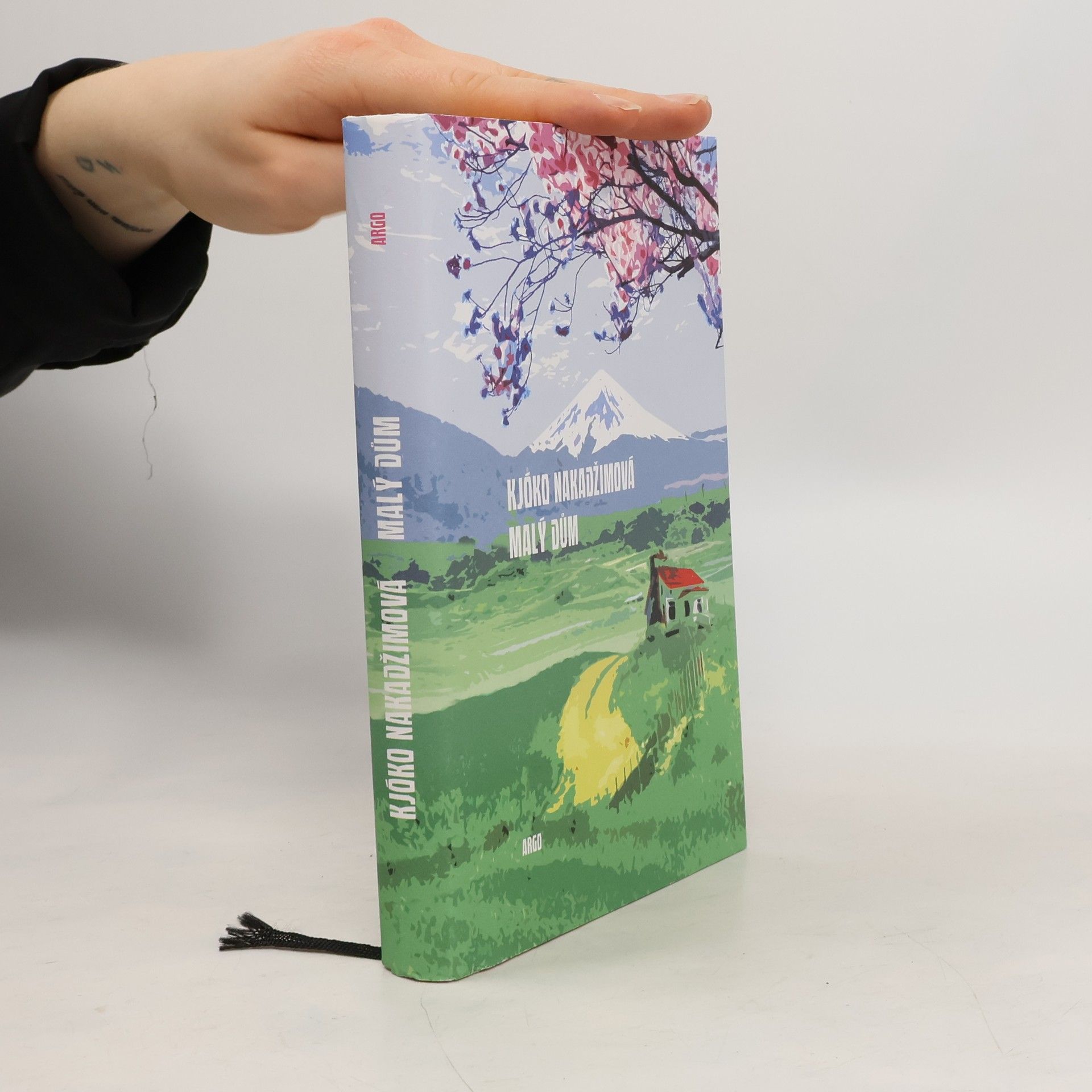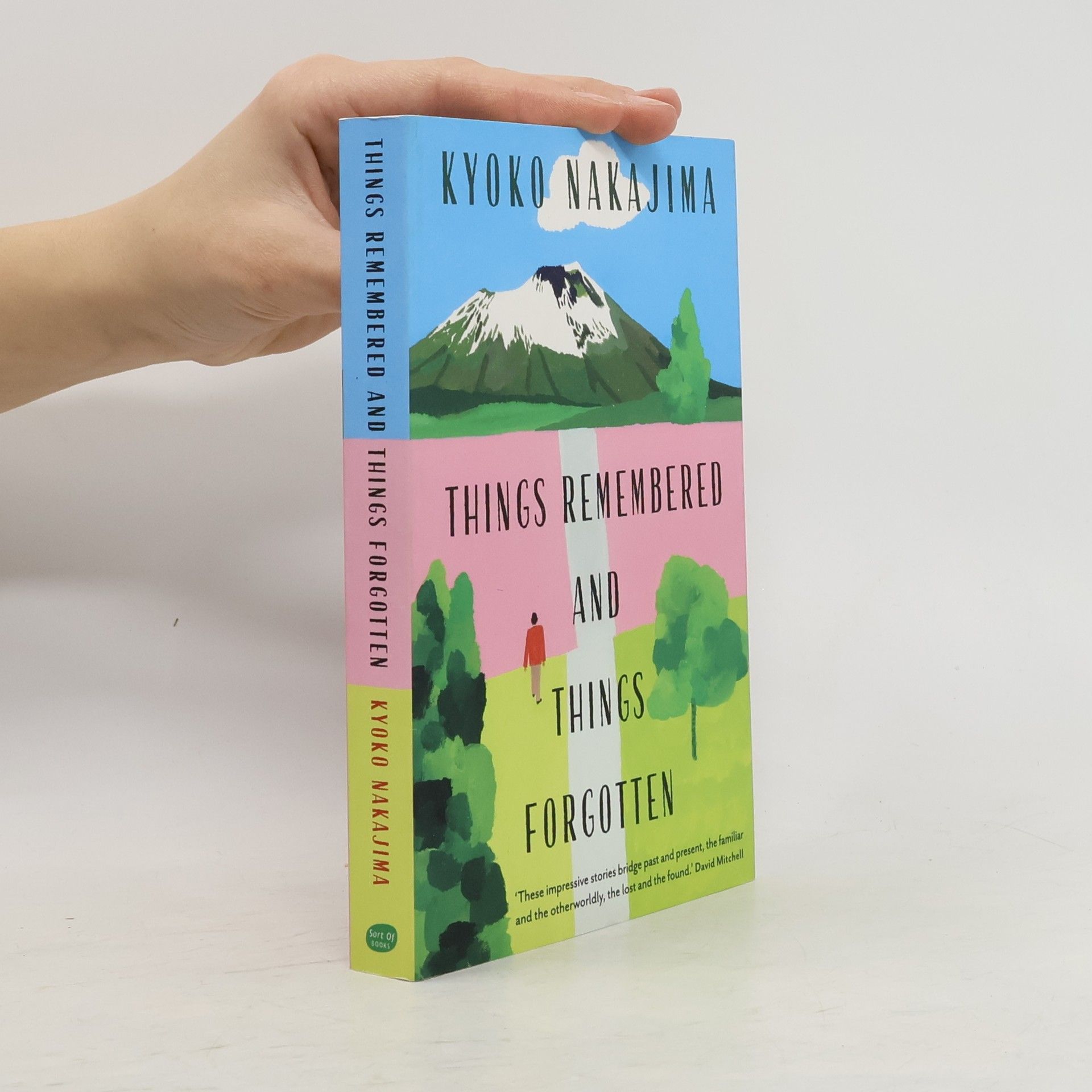"The ten acclaimed stories in this collection are pervaded by an air of Japanese ghostliness. In beautifully crafted and deceptively light prose, Nakajima portrays men and women beset by cultural amnesia and unaware of how haunted they are - by fragmented memories of war and occupation, by fading traditions, by buildings lost to firestorms and bulldozers, by the spirits of their recent past."--Publisher's page.
Kyōko Nakajima Books
Nakajima's writing delves into the complexities of human relationships and profound emotions. Her style is characterized by a poetic sensitivity and a penetrating insight into the human psyche. She primarily explores themes of identity, memory, and an individual's place within society. Her works are an examination of the fragility of human existence and a search for meaning in everyday life.



Malý dům
- 224 pages
- 8 hours of reading
Na jaře roku 1930 musela dvanáctiletá Taki jako většina chudých venkovských děvčat jít do služby. Nyní téměř devadesátiletá píše své vzpomínky na dobu strávenou v maloburžoazní domácnosti pana Hiraie v „malém domě“ na předměstí Tokia, od optimistických třicátých let do počátků války. Podrobně líčí předválečné zvyky, společenské vztahy, rovněž dosah historických událostí i rostoucího nacionalismu a devastaci po kapitulaci Japonska v roce 1945. Její nostalgický, občas naivní pohled je současně napadán jejím prasynovcem, který si v jejích vzpomínkách čte. Ten po její smrti vypátrá osud rodiny Hiraiů a s ním trpké tajemství své pratety. Malý dům, vydaný v roce 2010, obdržel téhož roku prestižní cenu Naoki. Román byl přeložen do angličtiny, čínštiny, francouzštiny a korejštiny a v roce 2014 byl zfilmován.
Dlouhé loučení
- 200 pages
- 7 hours of reading
Soubor vzájemně propojených příběhů starého pána Šóheie Higašiho, bývalého ředitele školy, postiženého Alzheimerovou chorobou. Postupná proměna dopadá na jeho manželku, tři dospělé dcery a vnoučata, kteří se pokoušejí vyrovnat s jeho stavem a během deseti let dennodenně řešit praktické problémy, jež testují pouta jejich vztahů. Zpočátku se snaží jeho stav zakrýt, později jej chránit a zároveň povzbuzovat. I v trapných situacích se však setkáváme s okamžiky rodinné sou- držnosti a jemného humoru. Jak se příznaky Šóheiovy demence zhoršují, jeho rostoucí dezorientace vede k novým, nečeka ným setkáním s lidmi kolem. Nakonec se sami sebe ptáme: „Co z nás bez vzpomínek dělá toho, kým jsme?“ Příběhy se odehrávají na pozadí života v současném Japonsku, kde se přežívající tradice střetávají s postojem a každodenními problémy mladé generace.